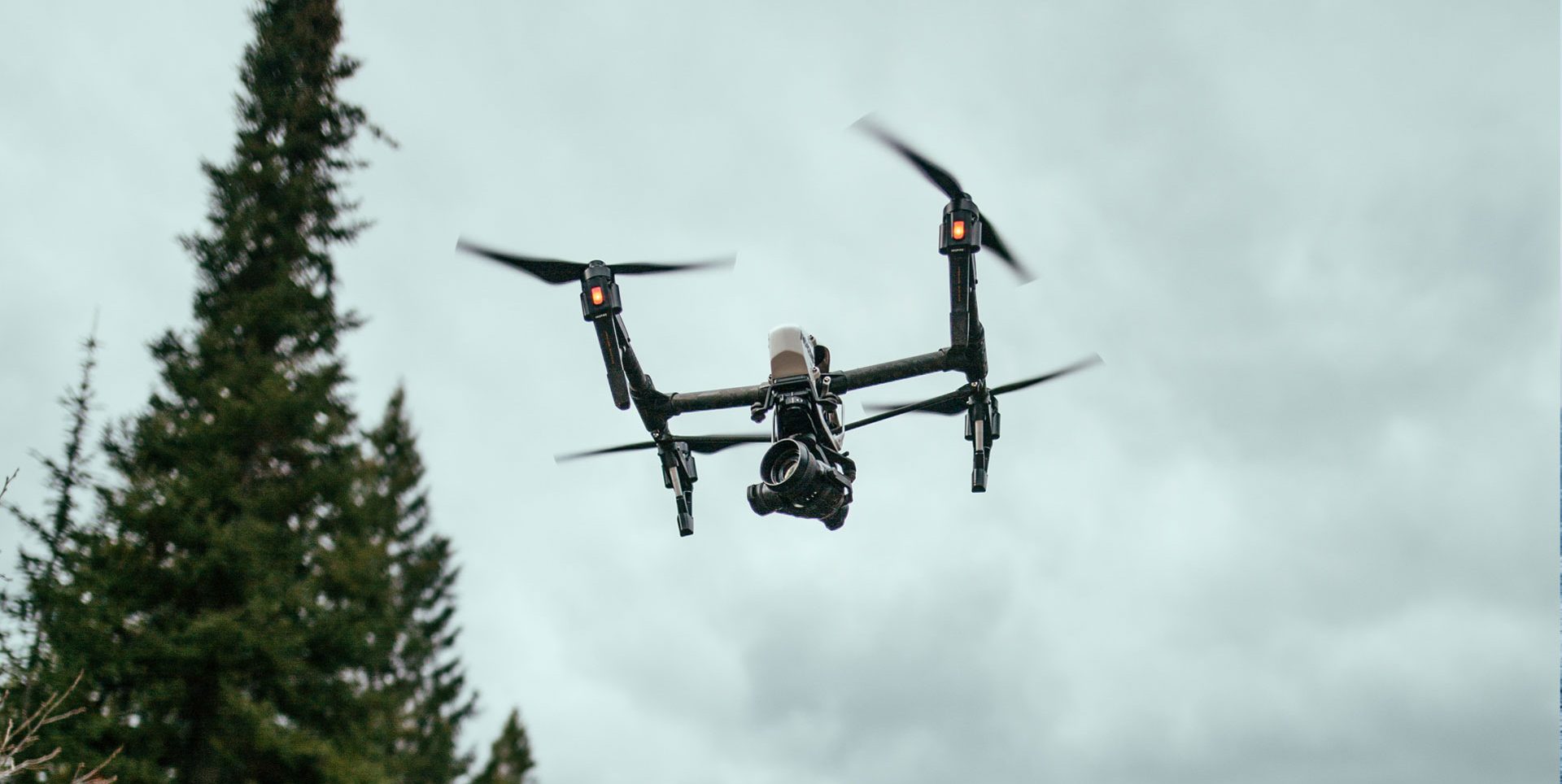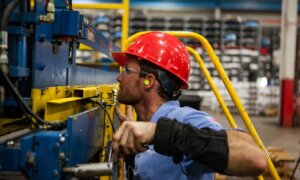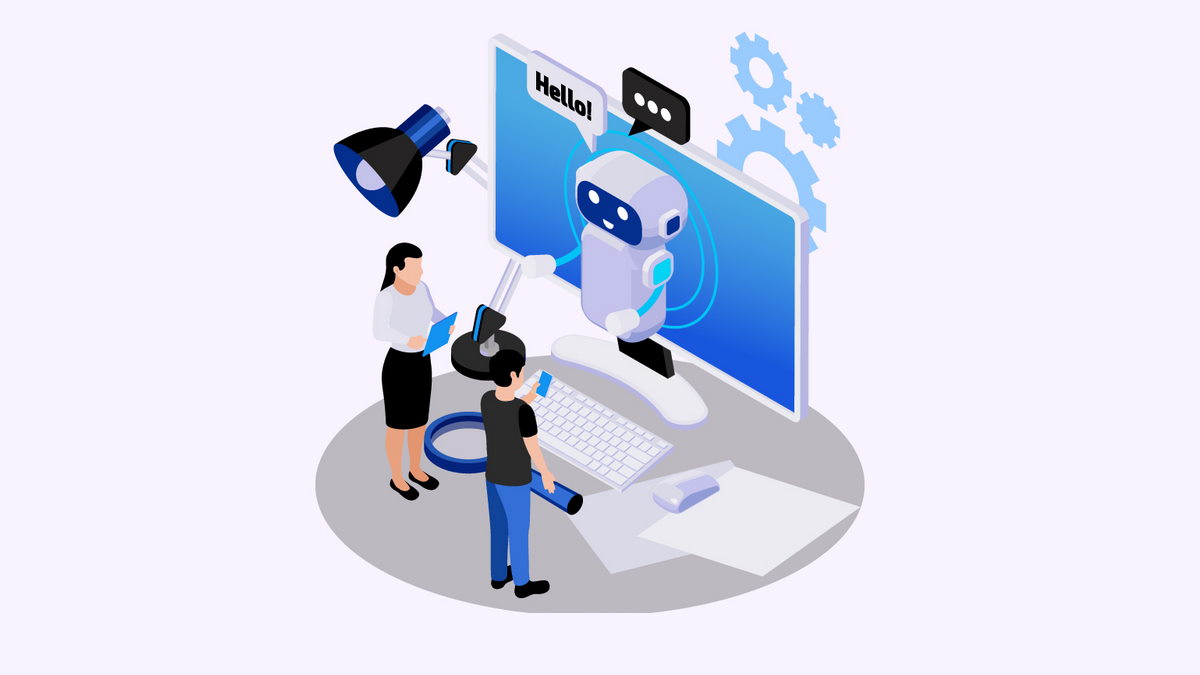Since the beginning of time, men have dreamed of flying. Now, paragliders and drone masters are able to truly see the world from above. Drones are the high-tech birds anyone, from military personnel to middle schoolers, can guide to explore its surroundings.
We’ve taken a step in the past, seeing how they evolved from mere kites and we shed some light on the way they help us share the things we see, with image stabilization solutions. Yet, to see is just the first step towards understanding as we’ve explained here and ultimately, helping us take care of our lands, our businesses and even, our dear ones .
As for what lies ahead of us, we’ve contacted Adrian Capata, VP Products @ FotoNation to take a journey with us 20 years from now.
The year is 2036 and drones are part of our daily lives in the same way smartphones were 20 years ago.
Q1: Every time we look at the sky or glance across the ocean, we see drones at the horizon. What can they do in 2036 and how do they help us?
For over 10 years now, drones are fully autonomous. They are artificial brains with six degrees of freedom. Be it a single UAV or a swarm of drones, they have clear objectives from humans and use their artificial intelligence to make them happen. In terms of production capabilities, there was never an easier way to build drones.
Due to innovation in materials, the size is no longer an issue as designs have advanced to the point where drones are what we need them to be: a bird, a bug, a fish or quadcopter. Energy is also a problem of the past. Today’s drones can stay in the air for longer periods of time and can use solar energy and the power infrastructure to recharge automatically. Huge advancements in material intelligence were also made. Today’s drones have the ability to self repair, transforming radically the maintenance industry.
Today’s 3D printing is so accurate that drones are literally grown in fully automated plants. We intervene only to define updates during processes and for specifications. Everything else works by itself.
Drones have become an important part of our lives as our trusted companions, safety watchers and personal assistants. They are seamlessly integrated with everything we do, can record our best moments and allow us to share our best memories with friends and family. It’s hard to realize that they have only been around for the past decade.

Q2: What about commercial drones?
The autonomy, intelligence, reliability and effectiveness of drones reshaped many industries. They can be designed and programmed to cover functions of an astonishing variety – from surveillance & security, to medical services, to manufacturing, agriculture and maintenance, to delivery and transportation.
Besides the end-user access to commercial drones, government and privately funded institutions have access to various drone designs that are used in complex and varied monitoring tasks for city & traffic, crops and forests, wildlife, weather or mining.
Q3: How is the security and surveillance industry using them?
Surveillance drones patrol our cities, our neighborhoods. They continuously analyze the surroundings, they can communicate between themselves, with our smart homes or with our companion drones. Depending on the threat assessment, the central security hub can decide to deploy a scanner drone the size of a fly to have a closer look, a bodyguard drone to deal with any immediate threat or a medical drone to help if the case is needed.
If the situation requires it, the central security system can connect automatically to the neighboring central node and request more drones from the neighbors while announcing the incident to the authorities. By transforming the way we prevent or address emergency situations, drones have helped making the world a better place. Crime or accident fatality rates has been reduced dramatically and the world has never been a safer place.
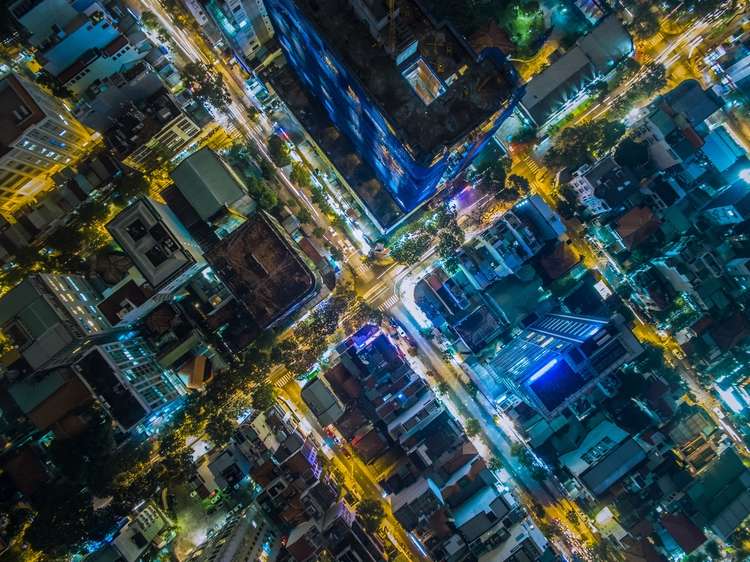
@PeterNguyen/Unsplash
Q4: Can you describe some of the mundane tasks for drones nowadays and which of them could not be possible without state-of-the-art computer vision?
Hardware accelerated computer vision was the turning point in the drone industry. In order to understand what is going on and to act upon it, drone first needed to “see”. Two decades ago, drone vision systems were improved by powerful video stabilization algorithms.
Immediately after, object tracking and face recognition technologies allowed drones to recognize their owner or to track them or their objects of interest.
Next, high performance and low power machine learning capabilities allowed drones to fully understand their surroundings, to move autonomously and to perform routine tasks in a dynamic environment.
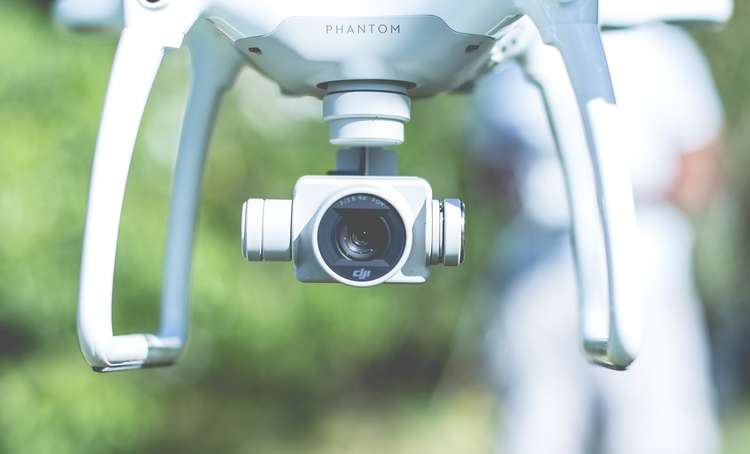
@William Stitt/Unsplash
The biggest breakthrough was related to drones understanding not only the environment, but also the behaviors within the environment. Using advanced online and unsupervised learning, drones are capable to understand situations, to predict what is going on, to “think” independently and to plan an adequate behavior in unstructured environments.
Finally, the ability of learning jumped through the roof, as drones do not only learn by themselves. They communicate with each other and with a central hub. There are 3 billion smart drones surveying the sky today. They share information instantly and learn from each other every second. By working together and sharing data, we can say that at any given moment a drone has the potential to learn not only from its own “eyes”, but from an equivalent of 100 years of vision data! Their low power and high performance hardware neural networks are designed to process this huge amount of data in a blink of an eye.
Q5: On device learning or pre-learning? Are most drones pre-programmed for the task at hand or do they have the capability to learn like humans do?
Of course, it is a combination of both. All drones come with a clear understanding of their main task. This general understanding of typical behavior is always updated & improved on the cloud / central data centers and drones are continuously upgraded with the latest “best behavior” practices for their specific assignments. In parallel, drones do have their own particular reality to learn from and adapt to. They evolve every second, just like we do. Unlike us though, they do have the advantage of instantly “living” their peers’ experiences and learn from them as well. If a drone running maintenance checks in a Shanghai factory and observes a set of behaviors which led to a certain malfunction of a manufacturing process, its peers from Los Angeles or London or Sao Paolo will instantly learn from that experience and will be prepared to prevent it.
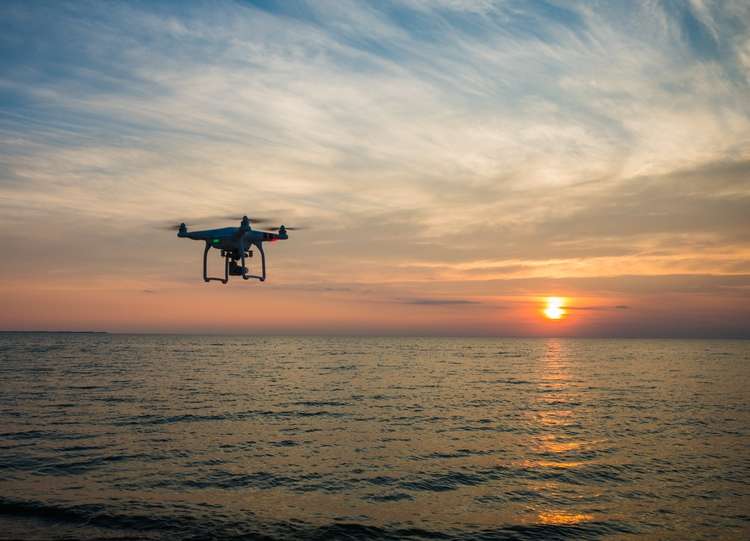
@Aaron Burden/Unsplash
Q6: Are the drones today like smartphones were 30 years ago?
We could definitely say that: smartphones were the key to reshaping society a few decades ago and drones are doing the same thing today. They started as tools dedicated to recording Hollywood or personal movies. They were seen with reluctance. There were even laws against them. Today nobody can imagine the world without them. More than smartphones or any other technology, they haven’t only reshaped our behavior as individuals, but also our society. They are a natural extension of the complex infrastructure of our cities, making our lives much simpler, safer and more fun.
* This is where our editorial series, “The Magic of Drones” ends. Our journey continues, though; the next subject we’ll talk in-depth about is smartphones. Together, we’ll explore how smartphones changed our lives (both socially and professionally) since the first mobile camera was introduced.
*This article is written as part of an editorial series presented by FotoNation.
Follow TechTheLead on Google News to get the news first.

